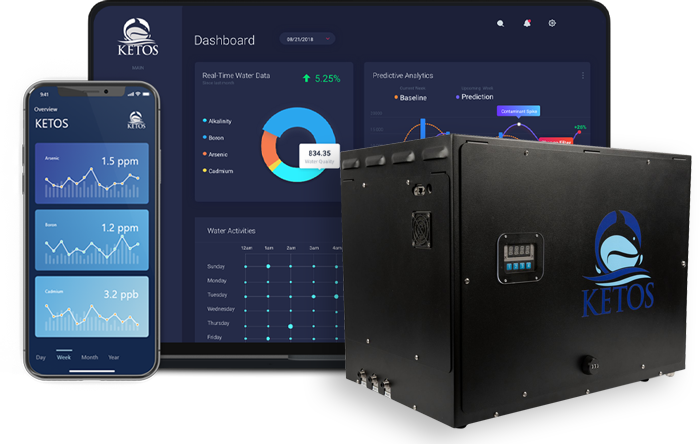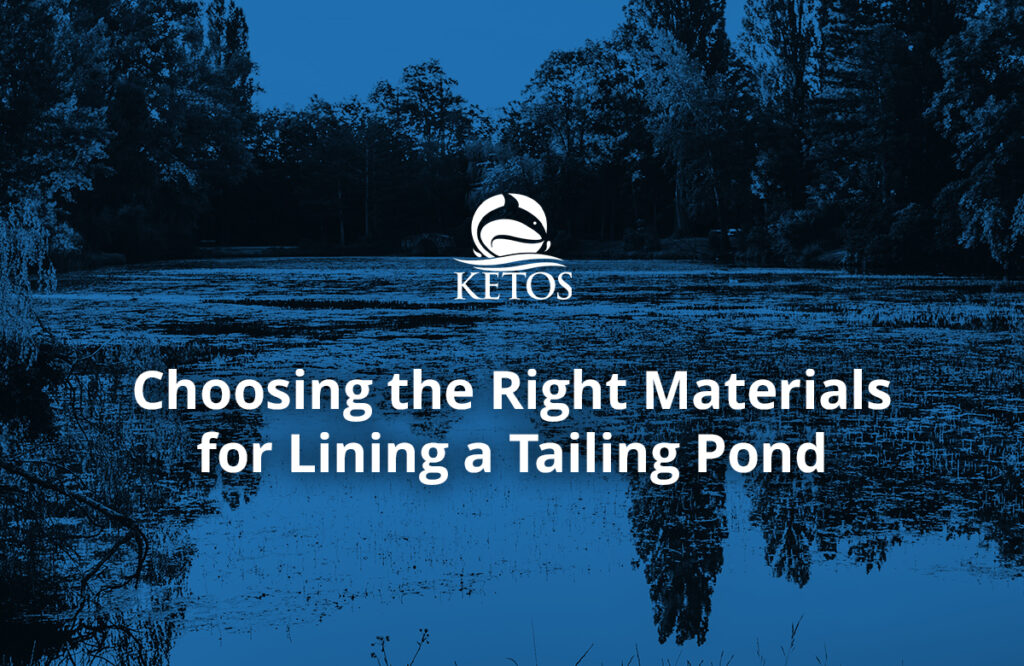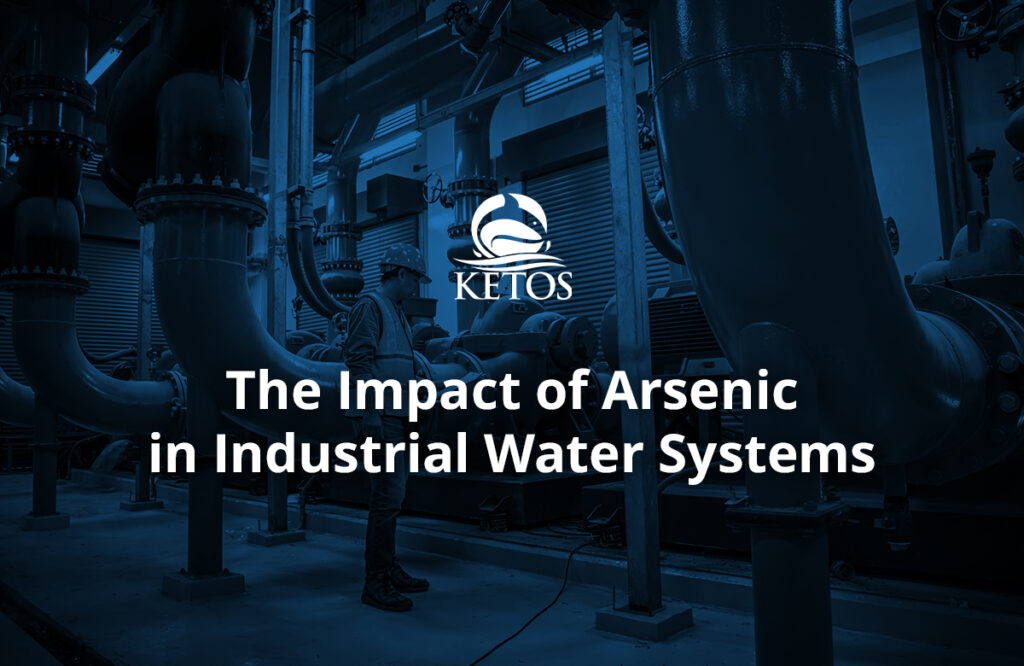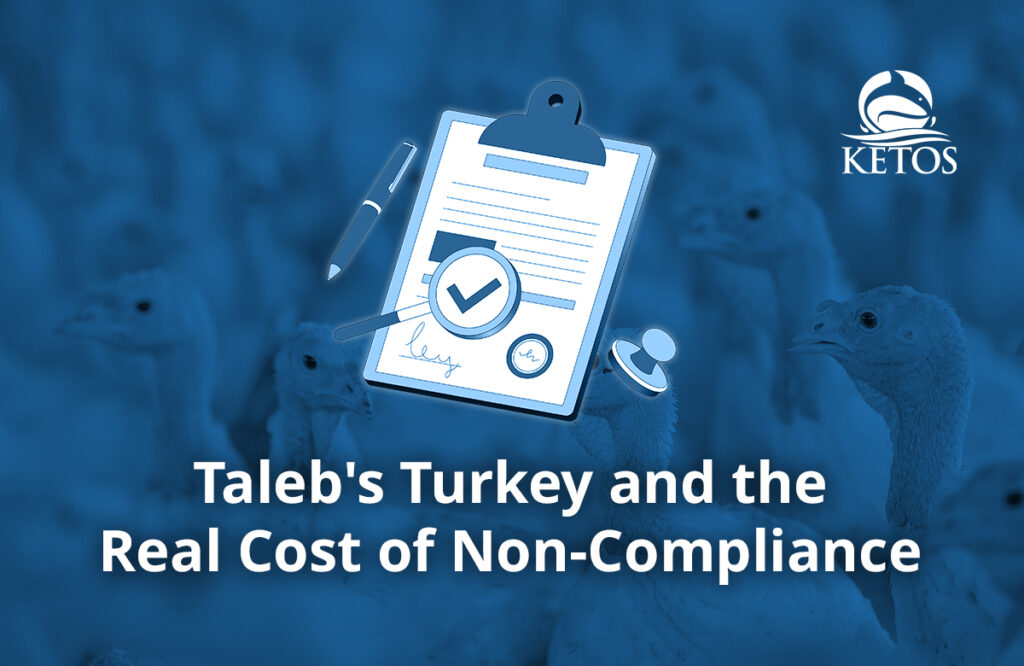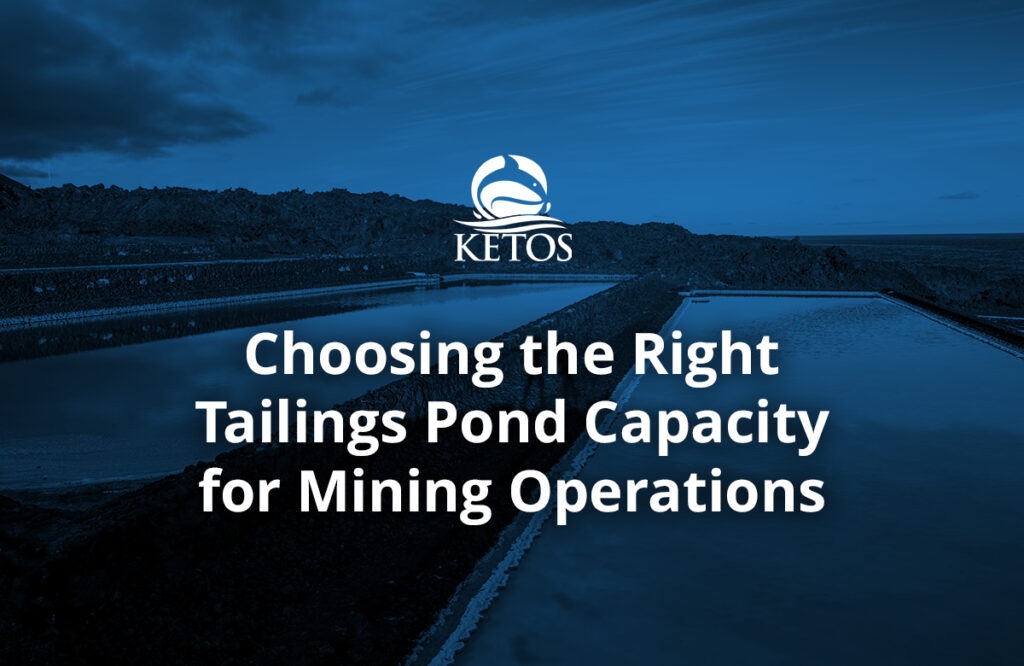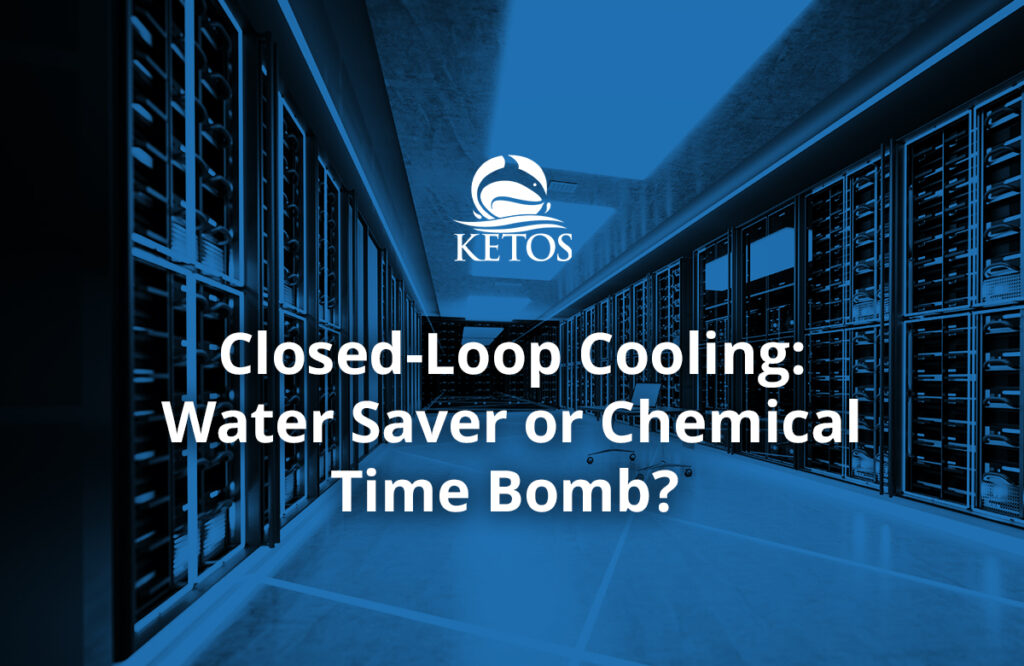The global mining industry is a powerhouse. In 2022, the top 40 mining companies generated $943 billion in revenue. With such an impressive power surrounding revenue generation, mining plays a pivotal role in national economies. For example, mining alone accounts for +7% of Canada’s GDP and 21% of Australia’s GDP growth.
However, for many mines, it’s not simply about shareholder value. ESG and sustainability also remain top of mind. After all, mining is very water-intensive, and with water resources increasingly becoming a hot-button topic worldwide, it’s in a mine’s best long-term interest to consider how to operate sustainably. And how to mine responsibly often comes down to how to manage water most effectively.
In a recent KETOS webinar, CEO Meena Sankaran sat down with Rio Tinto’s Robbie Gage to discuss just that. Robbie is part of the team managing water at Rio Tinto’s latest mine, Resolution Copper, which will be the world’s largest copper mine once fully operational. It is also located in the USA, in Arizona, an arid region Sustainability and water, for both Resolution Copper and Robbie, is top of mind. You can watch the whole conversation on KETOS’ YouTube channel:
KETOS remains a leader in digital water quality monitoring. It is committed to helping mines in the U.S. and beyond stay aligned with sustainability goals. With solutions designed to optimize operations, create labor efficiencies, and lower water management costs, KETOS offers a holistic approach to addressing critical water challenges in mining operations.
So let’s talk about what mines are most concerned about in 2025 and how KETOS directly addresses these issues to streamline mining water management meaningfully and sustainably.
What Mines Need to Consider Before Implementing KETOS
Before adopting a water monitoring solution, mining companies should evaluate their operations against the following considerations:
- Water Supply Protection: Is your mine recycling and remediating water on-site, and if so, are they doing it effectively? Protecting local water supplies requires robust water management practices. But sometimes, mines can fall short of their responsibilities, especially when planning for mine closure after a lifetime of operations.
- Compliance Management: Regulatory frameworks vary by region. Does your mine have practical tools and processes on hand to ensure compliance and address issues proactively? While mines may understand the local regulatory requirements, they may not have the right tools and processes in place to course-correct before compliance violations spiral.
- Water Availability: For mines in arid regions, such as Resolution Copper in Arizona, water management is critical to prevent the depletion of local aquifers and reservoirs. Are mines aware of water availability, and have they considered how to effectively manage water on site (to avoid straining outside water resources)?
- Strategic Monitoring Points: Where is water quality being monitored from, and how often? From influent and effluent to recycled water and tailing ponds, identifying key locations for monitoring is essential. Even more critical is standardizing testing and cadence so that the mine can have a steady baseline of readings to help them understand water quality patterns, predict outcomes, and act prescriptively.
KETOS addresses all of these typical challenges comprehensively. By strategically placing modular devices across a mine’s operations, KETOS empowers operators to monitor processed water, recycled water, and remediated water in real-time.
Key Water Parameters KETOS Can Monitor
Mines must also be mindful of what they monitor – and how often. On average, KETOS mining partners monitor 12 to 16 key parameters regularly within a single KETOS SHIELD wherever installed, including:
- Selenium: Selenium naturally occurs in many ores and is released into water systems through mining processes (ore washing and processing, tailings disposal, effluent discharge). Early detection of selenium helps mines take proactive measures to mitigate its release into the environment.
- Lead: Lead is a neurotoxin that can cause severe health issues. Many countries have established stringent regulations regarding lead levels in wastewater and discharge from mines.
- Copper: Monitoring for copper in process water ensures extraction and refining operations are running optimally to minimize loss and maximize yield. Tailings ponds at mines also often contain copper residues. Monitoring here helps prevent the leaching of copper into surrounding environments, ensuring safe containment and management. In addition, copper monitoring supports water recycling efforts, helping identify when treatment is required to remove copper for reuse in operations.
- Nitrites and Nitrates: Ammonium nitrate-based explosives used in mining release residual nitrogen compounds from blasting can. This activity contaminates water sources. Effective nitrate and nitrite monitoring helps optimize water treatment processes to remove these elements efficiently, ensuring compliance and minimizing treatment costs.
- Alkalinity: Alkalinity is critical for assessing water’s buffering capacity, which helps maintain stable pH levels. Mining activities, particularly those involving sulfide minerals, can cause acid mine drainage. Elevated alkalinity can neutralize acidity, reducing the risk of environmental damage to nearby ecosystems.
- Mercury: Tailings/waste from mining operations often contain mercury. Monitoring for mercury helps prevent leaching into nearby water systems. By tracking mercury levels, mines can determine the effectiveness of water treatment processes, ensuring compliance while reducing contamination risk.
- pH: Mineral processing techniques (flotation, leaching) are pH-dependent. Maintaining optimal pH in water ensures maximum efficiency and yield in these operations. Monitoring for water’s pH is also critical for the proper functioning of water treatment systems that use lime, caustic soda, or other reagents to neutralize acidic water. Moreover, water with imbalanced pH can corrode pipelines, pumps, and storage tanks, leading to operational disruptions.
- Total Dissolved Solids (TDS): TDS is often a key parameter in discharge permits. High TDS in water discharged from mines has the potential to contaminate nearby water ecosystems, negatively impacting aquatic life and surrounding communities.
- Salinity: Salinity affects the performance of mineral extraction processes (flotation and leaching). Consistent monitoring ensures these processes operate effectively. Monitoring for salinity also helps optimize water recycling systems. Detection of elevated salinity may indicate inefficiencies in the treatment process or contamination. High salinity may cause scaling, corrosion, and fouling of pipelines, pumps, and other equipment, increasing maintenance costs and downtime.
With over 35 parameters available on a single system, KETOS provides a comprehensive view of water quality tailored to the needs of each mining operation. KETOS systems can monitor for a mine’s selected parameters, all of which can be calibrated to ping threshold alert warnings according to a mine’s requirements. This way, operators gain the ability to monitor centrally and keep an eye on multiple or remote locations with ease. Such digitized oversight ensures compliance and sustainability to avoid costly fines and operational disruptions. Even better, as mining requirements change, KETOS SHIELDS can be seamlessly adjusted to add/remove parameters and easily change threshold readings to stay timely and relevant.
Real-Time Monitoring for Water Quality: How It Works
Traditional water monitoring methods rely on manual sampling and laboratory analysis. These methods can be slow and inefficient, particularly for remote or extensive mines, leaving potential problems unnoticed until it’s too late.
KETOS brings real-time monitoring to the forefront. On-site fully automated monitoring KETOS SHIELD systems provide instantaneous data uploaded to a secure cloud, enabling personnel to receive threshold-based alerts. This allows operators to address water management issues promptly, mitigating risks such as:
- Environmental damage
- Regulatory fines
- Operational disruptions
Making Automation Work for On-Site Workers
Automation often raises concerns about a mine worker’s job security, but KETOS aims to enhance—not replace—human expertise. By automating repetitive and time-consuming tasks like manual sampling and data entry, KETOS frees personnel to focus on high-value activities. Instead of hours spent on collecting samples manually, workers can direct their energy elsewhere.
With ongoing automated insights into a mine’s water quality being regularly updated, workers can make informed decisions based on timely readings and historical patterns. And, with the assistance of automation, they’re empowered to spend their time optimizing operations, balancing water use, and protecting the environment. This renewed focus saves money in the short term and compounds ROI over the lifespan of the mine itself.
KETOS Takes an OPEX-Driven Partnership Approach to Water Management
KETOS takes an operational expense (OPEX) approach, removing the burden of capital-intensive investments. Highlights of this partnership model include:
- No Upfront Costs: Equipment is provided without expensive CAPEX commitments.
- Efficiency Gains: Mines save on compliance fines, labor, and lab analysis expenses.
- State-of-the-Art Technology: KETOS SHIELD systems self-clean, self-calibrate, and are maintained regularly, ensuring mines always have access to the latest capabilities.
- Scalability: As KETOS adds new parameters, mining partners automatically benefit without additional costs.
Mines pay one low monthly fee, making water quality management cost-effective and predictable.
KETOS is Actively Partnering with Mines Globally
KETOS is proud to work with 7 of the world’s top 10 mining companies, spanning diverse sectors such as coal, gold, copper, and platinum. Our partners include mining operations in Canada, the U.S., Peru, and New Zealand. The scope of many of the projects is substantial. For example, Rio Tinto’s Resolution Copper Mine is poised to become the world’s largest copper mine and will likely supply up to 25% of the United States’ annual copper needs. KETOS is already on-site, helping manage water to protect the region’s critical water reserves.
Conclusion
KETOS provides a proven, scalable solution for mining companies seeking to enhance water management, ensure compliance, and achieve sustainability goals. By partnering with KETOS, mines gain access to cutting-edge technology that simplifies operations, reduces costs, and safeguards water resources for future generations. We’re working on expanding our footprint further in the mining industry and actively negotiating with some of the world’s top mining organizations to make KETOS the go-to solution for water monitoring across mining water management.
If you are operating in the mining industry and have questions about how KETOS can transform water quality monitoring in your mining operations, book a demo with us today.
